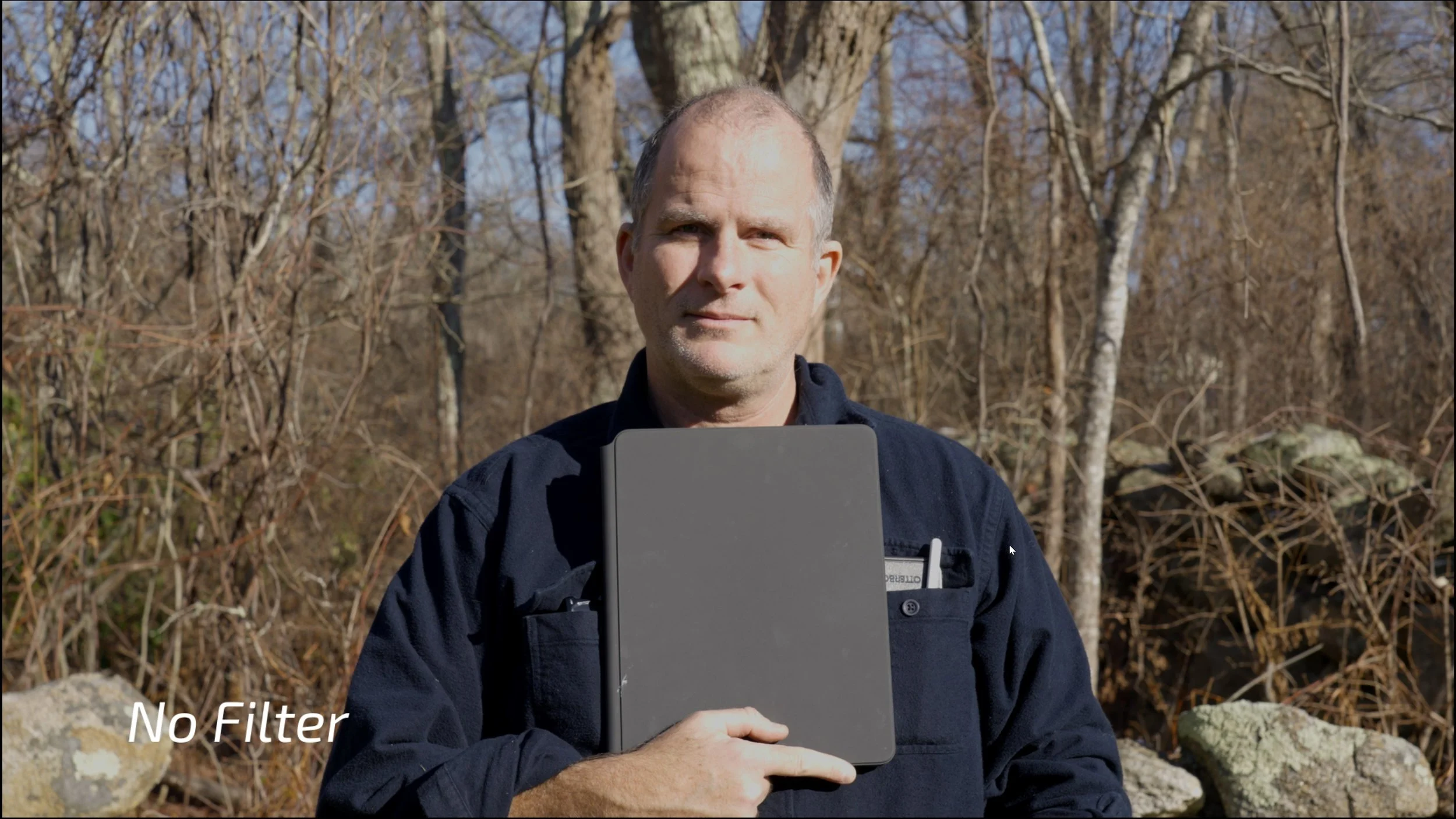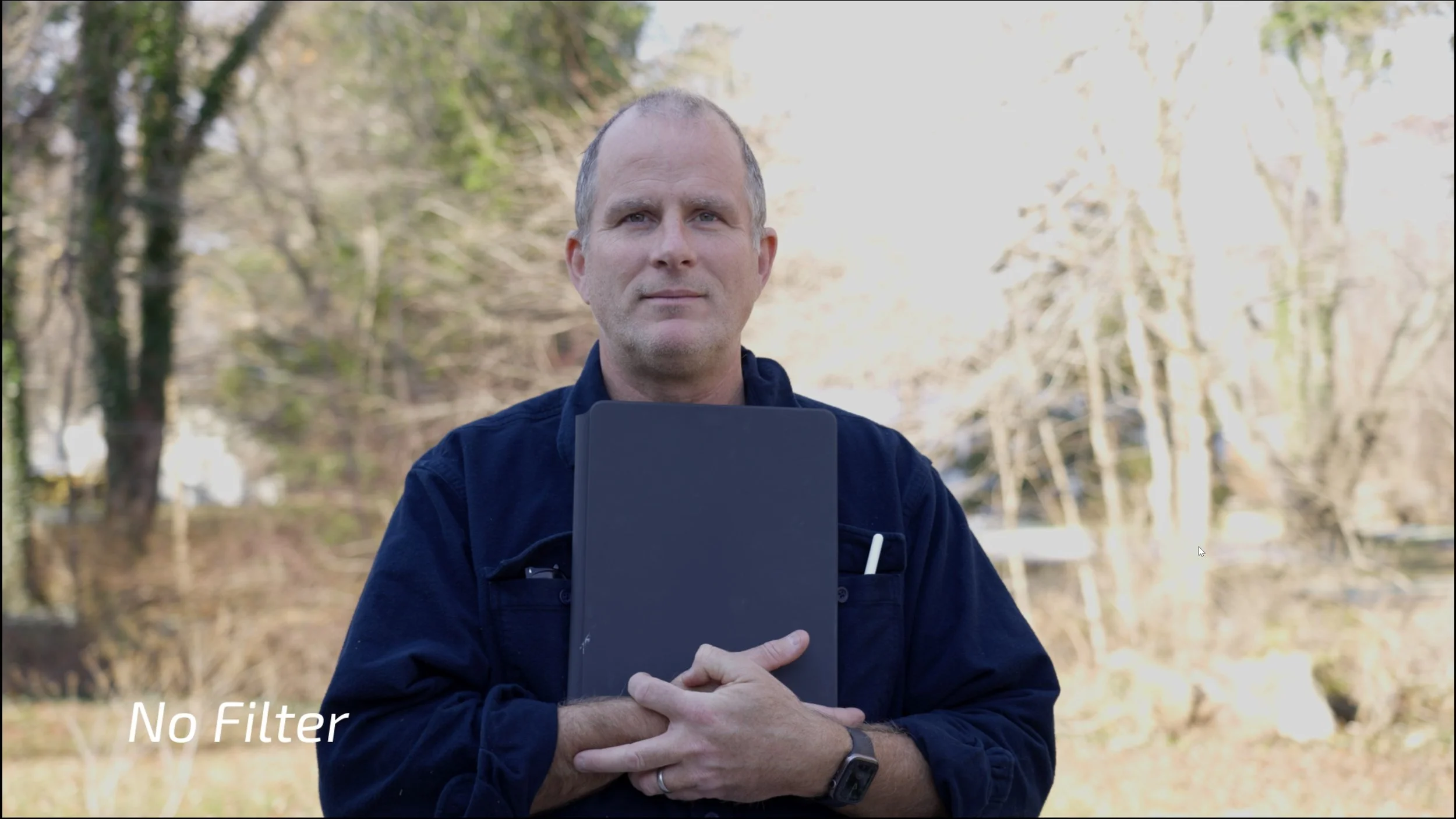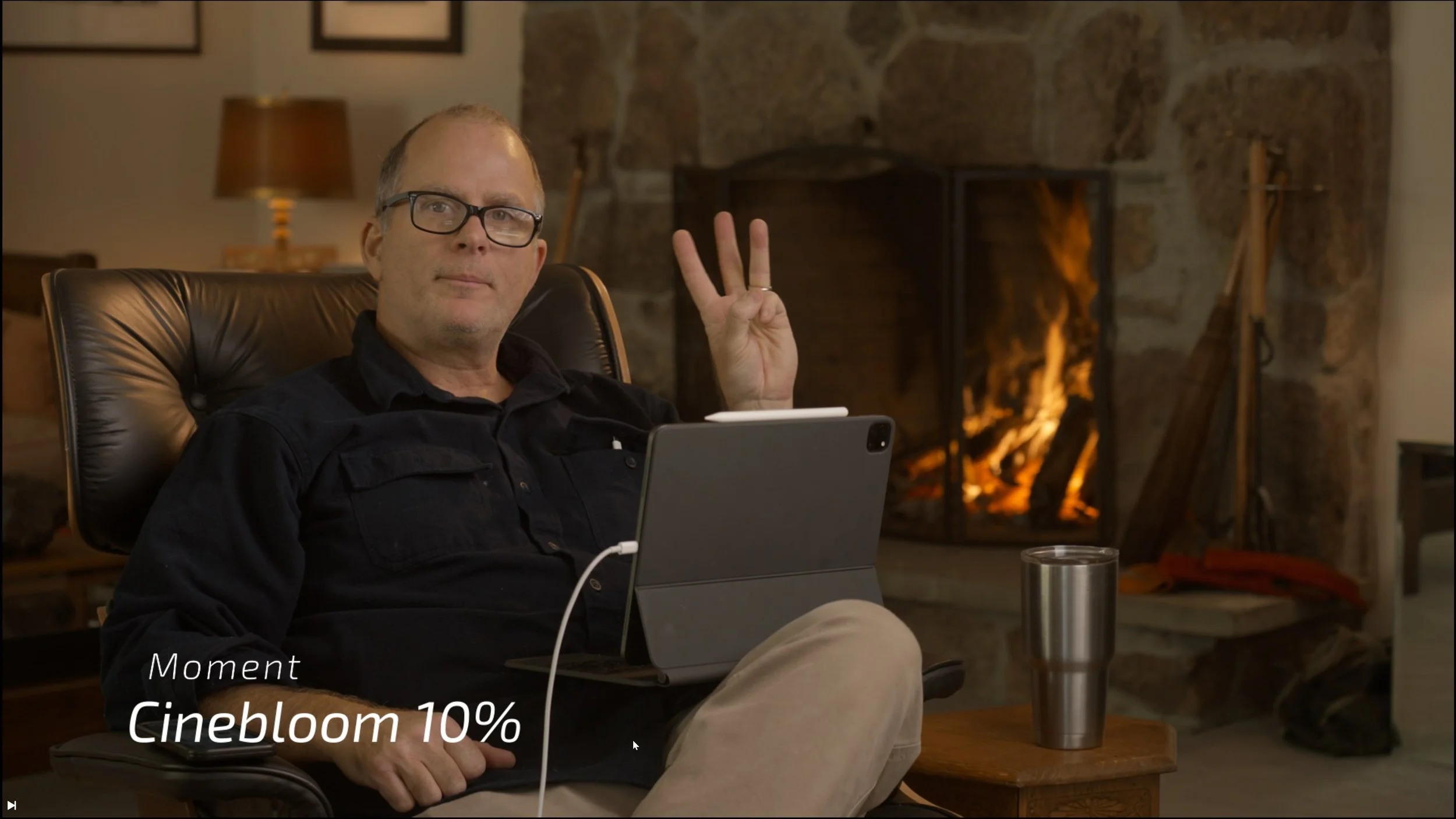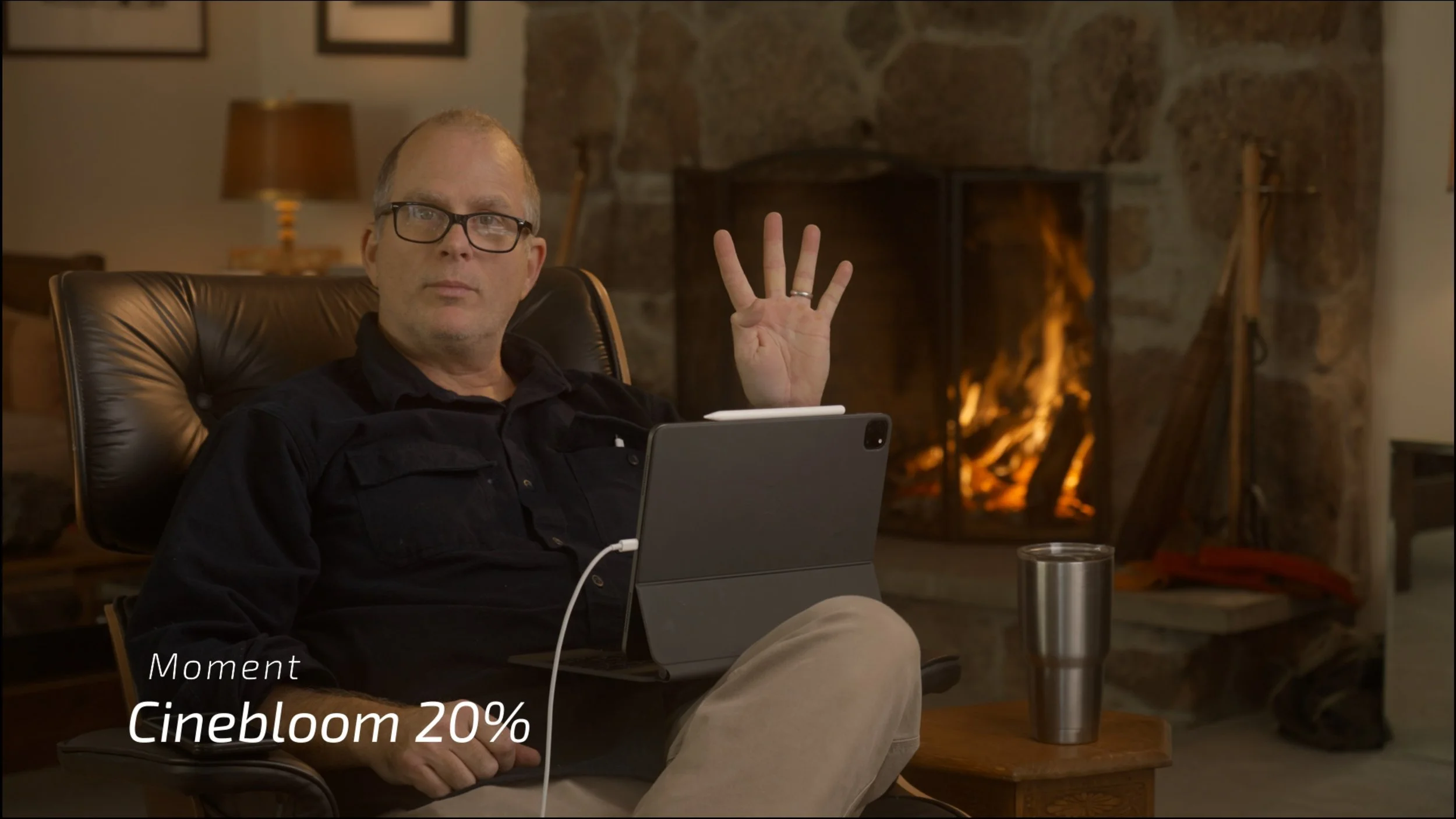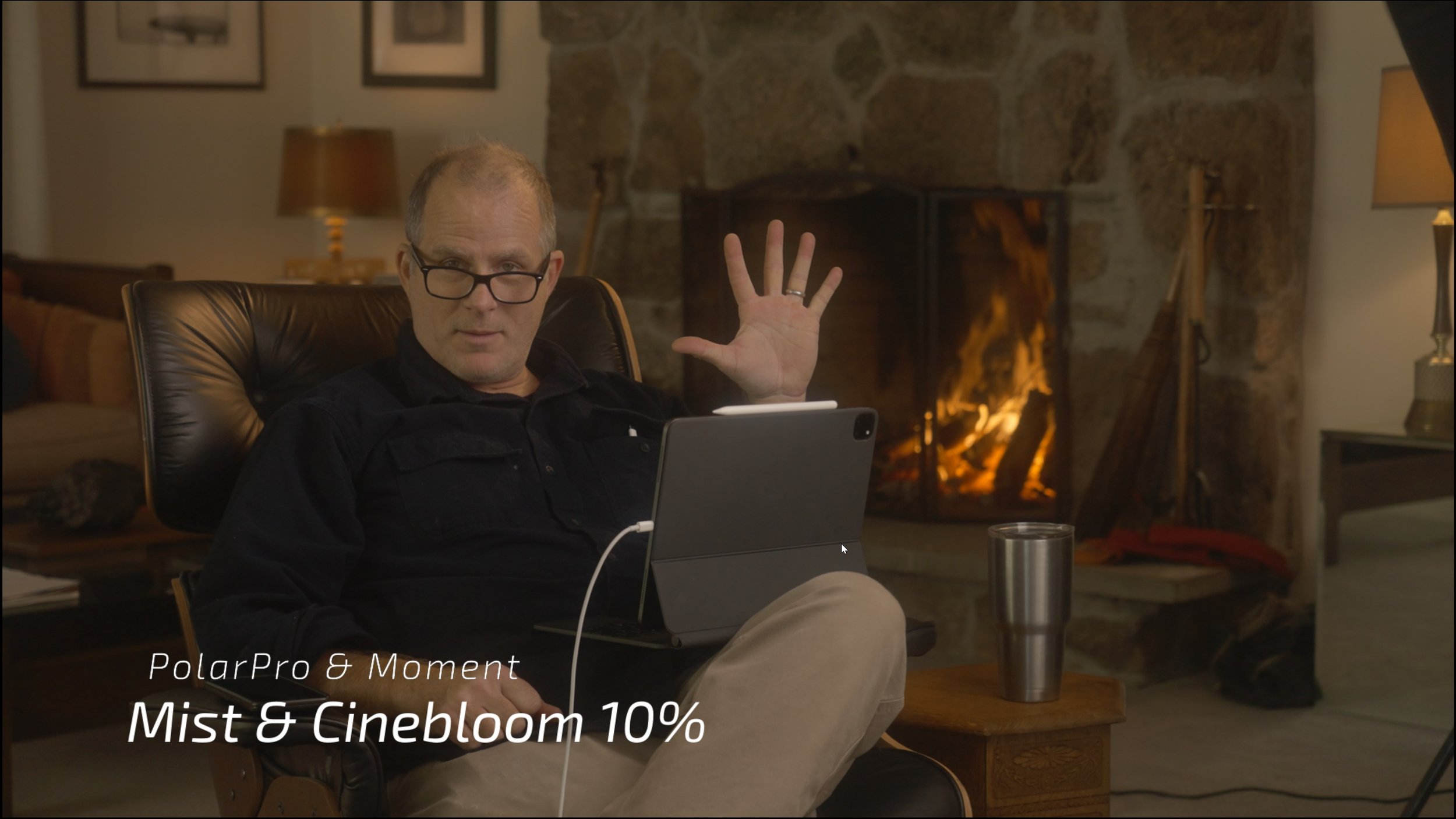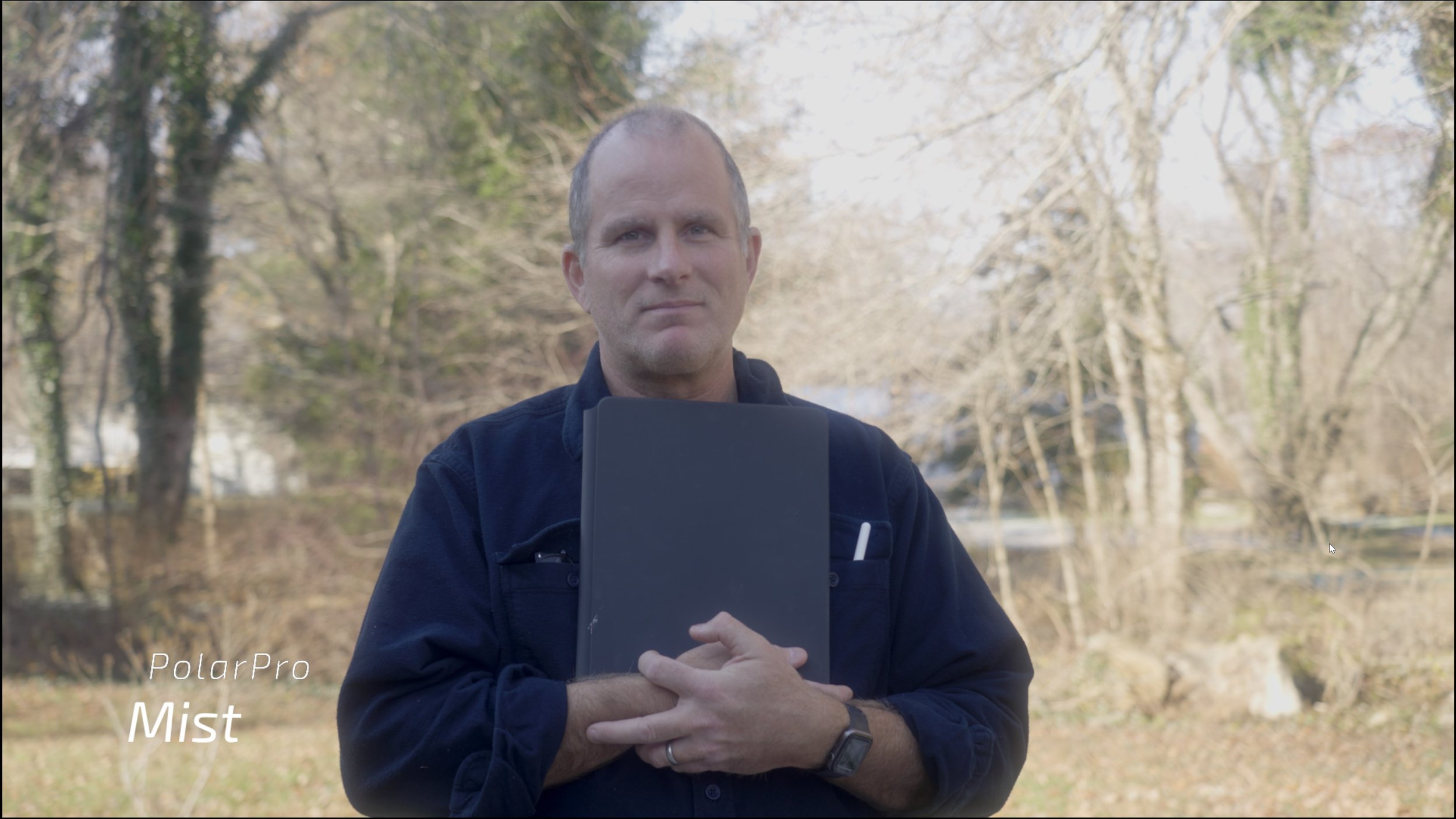Diffusing our way to “cinematic” video
What does the word cinematic mean? It could mean shallow depth of field, perfectly soft, dramatic lighting, or footage with lots of lens flares. One definition that most filmmakers agree on is that cinematic footage looks like footage captured on film. It’s hard to wrap up all of the characteristics of film in a single paragraph, but one of the more obvious traits has to do with image softness and halation, or the way light behaves on the edges of objects.
Digital images generally have a crispness to them that you don’t see in film. That doesn’t mean that film is out of focus, but look at your favorite film photographer, and then your favorite digital photographer. See it now?
So how do we de-crisp our digital content?
One answer is: diffusion filters.
But which one?
Tiffen’s Black Pro Mist, Moment Cinebloom, PolarPro Mist, and Prism Lens FX Dream FX filters are all common filter models that are available on the market. We have the Cineblooms and the PolarPro filters on hand, so spent the morning comparing them to each other.
For reference, this is what a simple shot looks like with no filter. All of the examples below are shot in on the Sony A7sIII in 4K, 24FPS, 10bit, and S-Log3 with a very basic grade in Resolve.
Softbox 1/4 CTO camera right, Barndoors with grid Full CTO boomed behind Ron
Direct sunlight
Open shade
They look fine.
But can they look better? That’s why we’re here.
Can you see a difference? We can. Look in the shadows and the highlights. The filtered images reduce the falloff in the transitions from light to dark. None of them look bad, per se, but there’s a balance o be found here. Each filter has its place, and I personally really enjoy the aerosol with no filter at the end. The aerosol is cool, but not super safe in this case with the fireplace, and not sustainable outdoors or even all indoor locations.
The Mist filter almost makes the image too flat, but I could see using it on some projects with that “old-timey” feel.
The Cinebloom filters look the most natural to me, with the 20% being a tad too heavy handed. Again, I think it has it place, but not for general use.
So what did we learn?
Nothing looks like film, except film, however we can find a middle ground. In my opinion, the 10% Cinebloom is a really nice balance between too soft, and too crisp.
Again, we don’t have the Tiffen or Prism FX filters, but Spencer Sakurai did a great job comparing them on his YouTube channel.
What do you think? What looks best to you? Our next experiment is to repeat the test with movement and more flares, but we think this is a good start.


